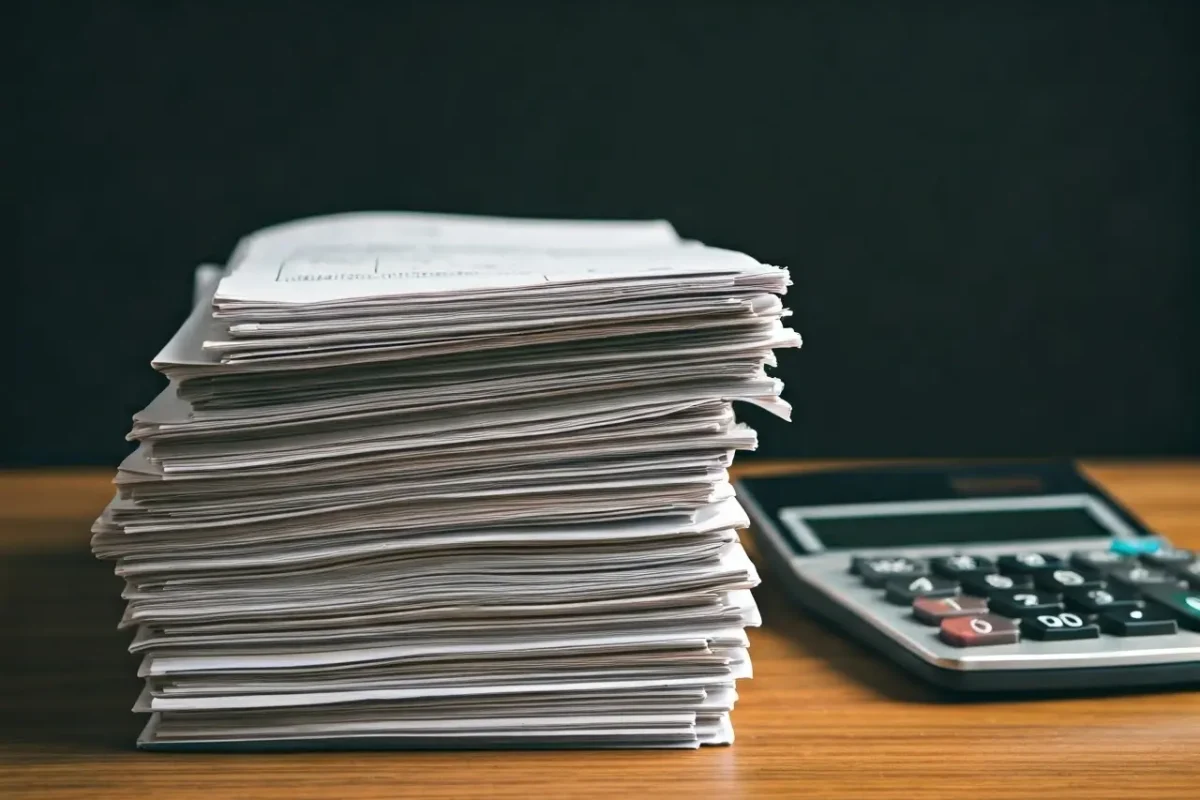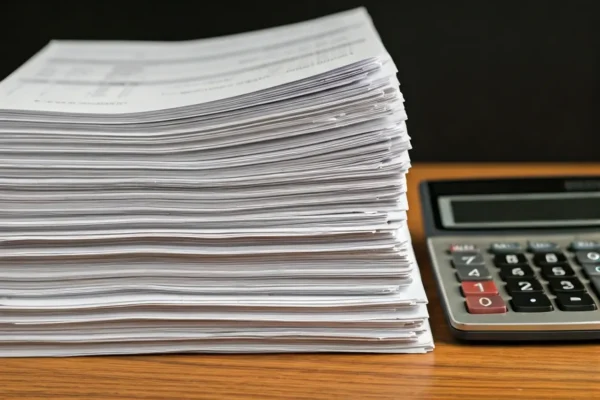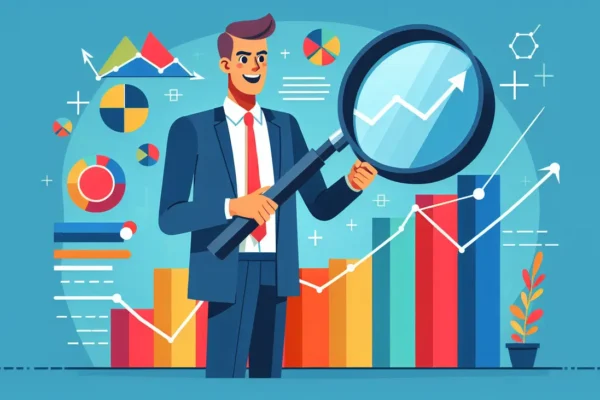Navigating the world of debt recovery in business finance can be a daunting task. Understanding how it works and what steps to take can significantly impact your business’s financial health. In this FAQ blog, we’ll break down the essentials you need to know.
What is Debt Recovery in Business Finance?
Debt recovery involves the process of pursuing payments of debts owed by individuals or businesses. In a business finance context, it plays a critical role in maintaining cash flow and financial stability.
At its core, debt recovery is about restoring the financial balance within your business by ensuring outstanding debts are collected efficiently. It begins with identifying pending payments and then creating a structured approach to recover these funds. This could involve direct communication with debtors, establishing payment arrangements, and sometimes implementing more formal legal procedures if necessary. Each step in the debt recovery process is crucial as it directly affects your business’s ability to maintain operations, invest in growth opportunities, and provide for its employees.
An interesting aspect of debt recovery is its necessity even for successful businesses. While a thriving business might not see its significance immediately, periods of economic downturn or changes in market conditions can make debt recovery pivotal. By having robust debt recovery practices, businesses can safeguard themselves against unexpected financial constraints.
Why is Debt Recovery Important?
Effective debt recovery ensures that your business remains solvent by minimizing the losses from non-performing accounts. It helps maintain a steady cash flow, which is vital for operational success.
One of the key reasons debt recovery is important is that it directly impacts your business’s financial forecasting and planning. Late payments or defaulted accounts can cause significant disruptions in financial projections, leading to cash flow shortages that might hinder your ability to pay suppliers, staff, or even finance new initiatives.
Another critical factor is customer relationship management. While it may seem challenging to balance maintaining a cordial relationship with customers who are in debt, enforcing clear payment terms and engaging thoughtfully in debt recovery can preserve relationships while ensuring financial agreements are respected.
What Are the Common Strategies for Debt Recovery?
Some key strategies include setting clear credit policies, consistently monitoring accounts, maintaining regular communication with debtors, and leveraging legal support when necessary.
A successful debt recovery strategy often begins with establishing clear and concise credit terms from the onset. By defining the terms of payment, interest on late payments, and any penalties for defaulting, businesses can lay a solid foundation for future debt recovery efforts.
Regular communication with debtors is another cornerstone strategy. By maintaining ongoing dialogue, businesses can better understand the debtor’s situation, negotiate new payment arrangements if needed, and keep the relationship amicable. Frequent updates and reminders can often expedite the repayment process.
Sometimes, it may become necessary to involve legal mechanisms or third-party agencies, especially when initial recovery attempts prove futile. Utilizing these external resources can add authoritative weight to your efforts and are particularly effective when other strategies have been exhausted.
How Can Technology Aid in Debt Recovery?
Technology can streamline debt recovery processes through automated reminders, data analytics for risk assessment, and online payment platforms. These tools enhance efficiency and reduce time spent on manual collections.
Automated systems can send timely reminders to debtors, reducing the reliance on manual tracking and follow-ups. These systems can be programmed to issue alerts for upcoming due dates or overdue accounts, thus enabling businesses to keep track of their debtors without direct involvement.
Moreover, data analytics can offer invaluable insights into debtor behaviors and trends. By analyzing past payment patterns, businesses can predict potential risks, segment debtors based on risk level, and tailor their communication strategies accordingly.
Online payment platforms also provide a convenient and secure way for debtors to settle their accounts. The ease of making payments online can lead to faster resolution of debts and improve overall collections.
What Legal Options Are Available for Debt Recovery?
Consulting with a legal professional can provide insights into options such as arbitration, litigation, or engaging third-party collection agencies. It’s essential to understand the legal implications to choose the best path forward.
Arbitration can be an effective alternative to litigation, offering a more private and often quicker resolution process. It involves an independent arbitrator who delivers a binding decision after reviewing both parties’ cases.
Litigation, although more daunting and time-consuming, may be necessary when large sums are at stake, or when other collection attempts have failed. This formal process involves taking legal action in court, often requiring substantial documentation and legal counsel.
Engaging third-party collection agencies can relieve businesses of the recovery burden. These agencies possess the expertise and resources to pursue debts more aggressively, sometimes operating on a contingency fee basis, which can be a cost-effective solution.
Wrapping Up Your Debt Recovery Journey
Understanding debt recovery is crucial for maintaining a healthy financial status in your business. With the right strategies and practices, you can manage debts effectively, minimize risks, and ensure better financial stability.







